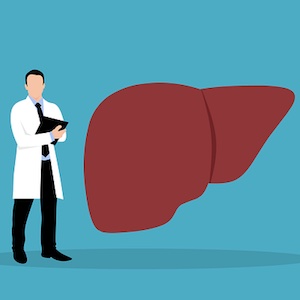Association of TNF-α, IFN-γ, IL-6, and IL-10 with different clinical manifestations of hepatitis B infection

All claims expressed in this article are solely those of the authors and do not necessarily represent those of their affiliated organizations, or those of the publisher, the editors and the reviewers. Any product that may be evaluated in this article or claim that may be made by its manufacturer is not guaranteed or endorsed by the publisher.
Authors
Cytokines have a crucial part in the pathogenesis, persistence of infection, and prognosis of hepatitis B virus (HBV) infection as HBV does not cause direct liver destruction; rather, disease-related complications and prognosis are more associated with immune system action, specifically cytokines such as TNF-α, IFN-γ, IL-6, IL-10, and other cytokines. This study sought to link TNF-, IFN-, IL-6, and IL-10 to various clinical manifestations of HBV infection. Ninety sera were taken from HBV-infected patients, 30 (33.3%) of whom had liver cirrhosis, 30 (33.3%) were HBV carriers, 19 (21.2%) were acute HBV patients, and 11 (12.2%) were recently HBV infected. ELISA was used to determine the serum levels of TNF-α, IFN-γ, IL-6, and IL-10. HBV-infected patients with liver cirrhosis had considerably higher mean serum levels of IFN-γ (P=0.005) and IL-10 (P=0.003), but TNF-α and IL-6 were significantly higher in recent HBV-infected patients (P values 0.034 and 0.004, respectively). There were substantial changes in mean serum levels of TNF-α, IFN-γ, IL-6, and IL-10 at different phases of HBV infection, implying a role for cytokines in HBV etiology, chronicity, and consequences.
How to Cite

This work is licensed under a Creative Commons Attribution-NonCommercial 4.0 International License.






